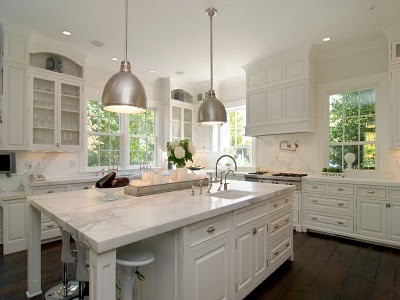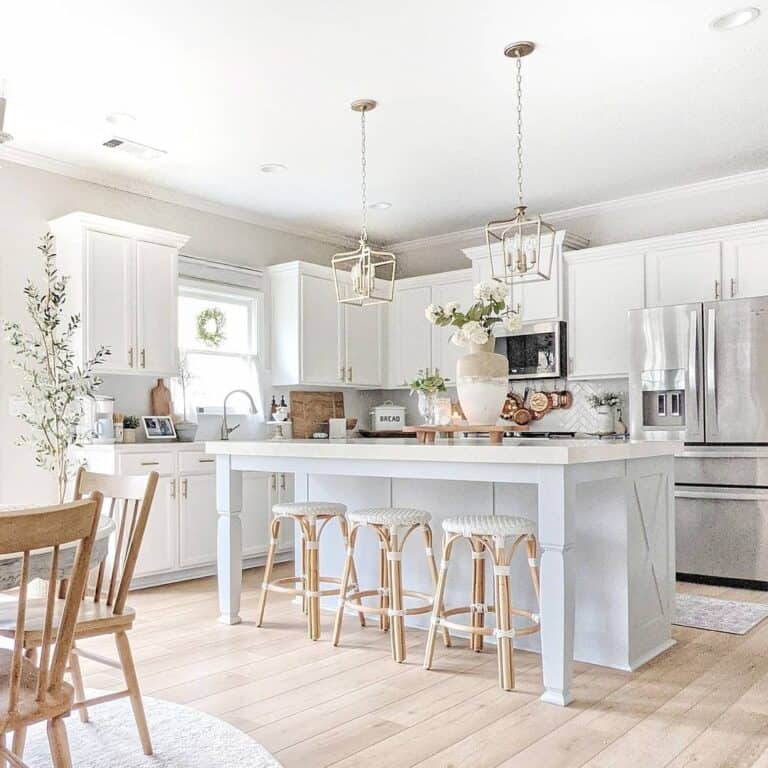Change Any Type Of Kitchen Room with Stunning Legs For Kitchen Island Options
Change Any Type Of Kitchen Room with Stunning Legs For Kitchen Island Options
Blog Article
An Overview to Choosing the Perfect Legs For Kitchen Area Island for Your Home
Selecting the optimal legs for your kitchen area island is a nuanced decision that influences both the performance and visual appeal of this main room. Variables such as elevation, materials, and style play a vital role in harmonizing your island with the total kitchen layout. In addition, understanding the importance of stability and maintenance can substantially influence your selection. As you take into consideration these elements, it becomes noticeable that the ideal legs can transform not just the look of your kitchen however additionally its usability for many years ahead. What certain attributes should you focus on in this selection procedure?

Comprehending Kitchen Island Legs
When picking legs for a kitchen island, it's necessary to recognize their practical and aesthetic duties in the total style. The legs work as a vital support group, making certain security and longevity for the island, which often works as a work area, eating area, or collecting spot. As a result, the choice of product and construction technique must be durable adequate to hold up against daily use and possible wear.
In addition to their structural duties, legs add significantly to the island's visual allure. They can enhance the kitchen area's style, whether with typical, contemporary, or eclectic layouts. The height and proportion of the legs are also important considerations; they must harmonize with the island's counter top elevation while making certain comfy seating for those making use of the area.
Additionally, the leg layout can influence the total circulation of the cooking area. Open, ventilated leg designs can develop a feeling of lightness, while solid, considerable legs may communicate a more grounded and stable aesthetic - Legs For Kitchen Island. Understanding these functional and aesthetic facets will certainly assist house owners in making informed choices that complement their kitchen's design and enhance its use
Popular Styles and Products
The option of legs for a kitchen island includes a selection of preferred designs and products, each offering distinct attributes that can improve both functionality and aesthetic appeals. Among the most desired designs are contemporary, rustic, and traditional. Contemporary legs frequently include smooth, minimalist styles that emphasize simpleness and clean lines, making them perfect for modern kitchen areas. Rustic styles, on the various other hand, accept natural environments and commonly showcase redeemed timber or troubled finishes, adding heat and beauty to the space. Typical legs typically exhibit luxuriant details and workmanship, enhancing timeless kitchen layouts.

Elevation and Security Factors To Consider

Security is one more vital factor to consider. The legs of the kitchen area island should offer sufficient support, ensuring that the framework can stand up to everyday use without tottering or moving. Material option plays a significant duty in security; metal legs, as an example, have a tendency to offer higher strength compared to timber. Additionally, making certain that the island is securely anchored to the flooring or wall can improve stability, especially for bigger islands that may birth considerable weight.
Matching Your Kitchen Visual
Picking the right legs for your cooking area island goes beyond performance; it likewise plays a substantial function in the total visual of the space. When choosing legs, think about the layout style of your cooking area. For a modern appearance, streamlined metal or minimalist layouts can develop a clean, modern vibe. On the other hand, rustic or traditional kitchens frequently gain from wooden legs with complex outlining or a troubled surface, improving heat and character.
Color is one more vital element. Legs that complement or contrast with your island's surface and bordering cabinets can create visual consistency or striking focal factors. Pairing dark wood legs with a light marble countertop can include depth and interest. In addition, think about the finish of the legs; matte, glossy, or distinctive surfaces can significantly affect the general feel of the cooking area.
Installation and Upkeep Tips
Setting up kitchen island legs requires cautious attention to detail to make certain both stability and visual charm. Begin by picking a suitable place for your island, guaranteeing it is level and has enough area for motion. If you are affixing the legs to a wall or utilizing braces for added support, utilize a stud finder to situate wall surface studs. Mark the placement of the legs properly prior to exploration.
When protecting the legs, utilize top quality screws and, if needed, timber adhesive for extra toughness. For steel legs, make certain that you are making use of ideal anchors and tools to avoid damages to your floor covering. It is a good idea to look for levelness after installation, making adjustments as Learn More Here required to stay clear of wobbling.
Maintenance is similarly vital for longevity - Legs For Kitchen Island. Consistently check the legs for any signs of wear or helping to loosen, especially in high-traffic locations. Clean the legs with an appropriate cleaner, preventing abrasive materials that might scrape the surface. For wood legs, take into consideration using a wood conditioner occasionally to keep their coating. By adhering to these setup and maintenance tips, you can ensure that your cooking area island legs remain both visually attractive and functional.
Conclusion
In conclusion, choosing the proper legs for a cooking area island demands cautious factor to consider of elevation, security, and visual compatibility. Inevitably, thoughtful leg choice plays a critical duty in boosting both the functionality and layout of the cooking area room.
When picking legs for a kitchen island, it's necessary to recognize their useful and visual duties in the total style. Open, ventilated leg designs can develop a feeling of lightness, while solid, considerable legs may convey a more based and secure aesthetic. The legs of the cooking area island need to provide ample support, guaranteeing that the framework can withstand read what he said everyday use without shifting or tottering.Mounting kitchen area island legs calls for mindful focus to detail to ensure both stability and aesthetic appeal.In verdict, choosing the proper legs for a kitchen area island necessitates mindful consideration of height, stability, and visual compatibility.
Report this page